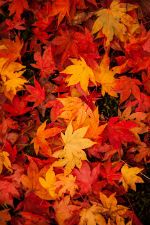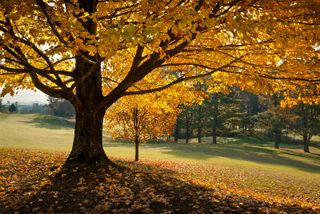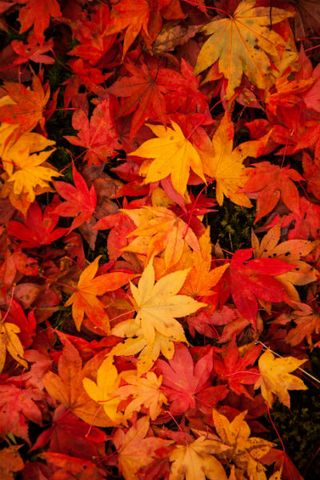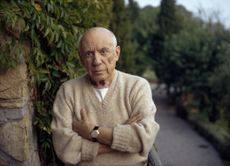Signs of autumn appearing already
After an early spring and summer, autumn is already starting to appear says the National Trust


Signs of autumn are already starting to appear, says Matthew Oates, a National Trust naturalist.
According to the National Trust, the seasons have been distinct earlier than usual ever since we experienced the wettest and stormiest winter on record, and now signs of autumn are beginning to show in hedgerows and woods.

'Looking at this year, where does it want to be?' Asks Mr Oates. 'It raged its way through winter, then we went into an incredibly early spring, and then it rushed helter-skelter through spring without stopping for breath.'
Singling out the already well-developed beech nuts as a sure sign of autumn's arrival, Mr Oates adds that he also seen signs that animals' and birds' behaviour is being affected: 'We're ahead still, remarkably ahead, birds have largely stopped singing, a lot of butterflies are very early and are still coming out early.'

Although Mr Oates claims that most species came through the tough winter as 'winners', he was also careful to point out the low number of bees, flying insects and certain species of butterfly, such as cabbage whites.
However, Mr Oates confirmed that an early autumn should not spell problems for wildlife.
* Subscribe to Country Life and save
Sign up for the Country Life Newsletter
Exquisite houses, the beauty of Nature, and how to get the most from your life, straight to your inbox.
* Follow Country Life magazine on Twitter
-
 This rare Picasso lithograph could be yours for £60,000
This rare Picasso lithograph could be yours for £60,000Picasso's 'David and Bathsheba' — printed on rare Chinese silk paper and intertwined with the artist's infamous and complicated love life — has come up for sale.
By Carla Passino Published
-
 Two-thirds of use buy a house and immediately set about refurbishing it
Two-thirds of use buy a house and immediately set about refurbishing itWe spend more buying our houses than on anything else in our lives — yet the first thing we do on moving in is set about changing the place. Annabel Dixon takes a look at what we do and why.
By Annabel Dixon Published